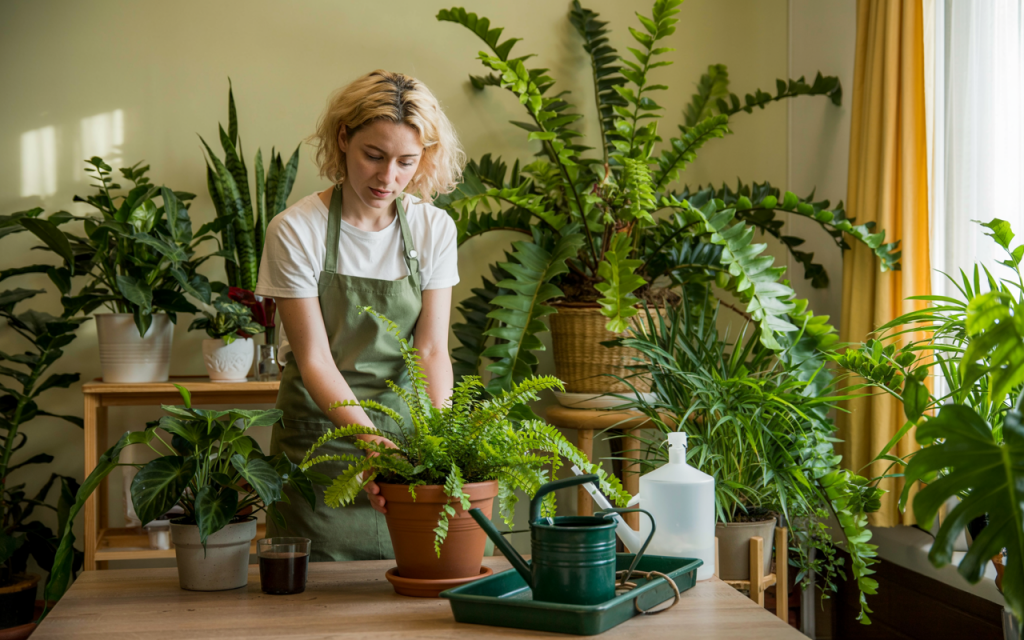Care for Indoor Plants in Summer: How to Save Flowers from the Heat in 2025
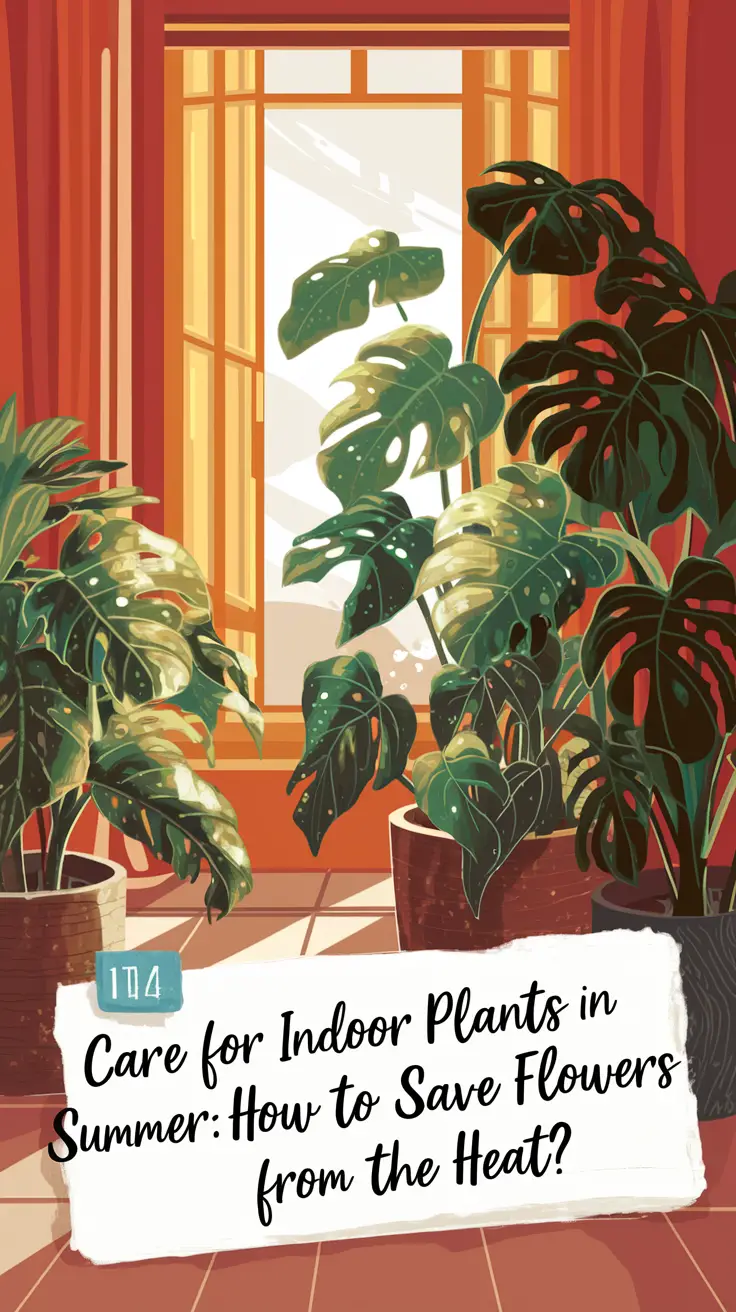
As the temperature in summer increases, your houseplants will find it difficult to bear the heat, and you may notice wilting leaves, reduced growth, or even plant loss. It is essential to learn how to tend to indoor plants during the hot summer months in order to maintain their health and vigor. Here, we shall discuss some proven ways to help your houseplants avoid the scorching summer heat and remain healthy and thriving.
Knowing the Effects of Summer Heat on Indoor Plants
Summer is defined by increased temperatures, extended day length, and lower indoor humidity, all of which can stress houseplants. Hot temperatures can accelerate soil evaporation, leading to dehydration, while the sun can scorch leaves. Air conditioning also decreases indoor humidity, affecting high humidity lovers.
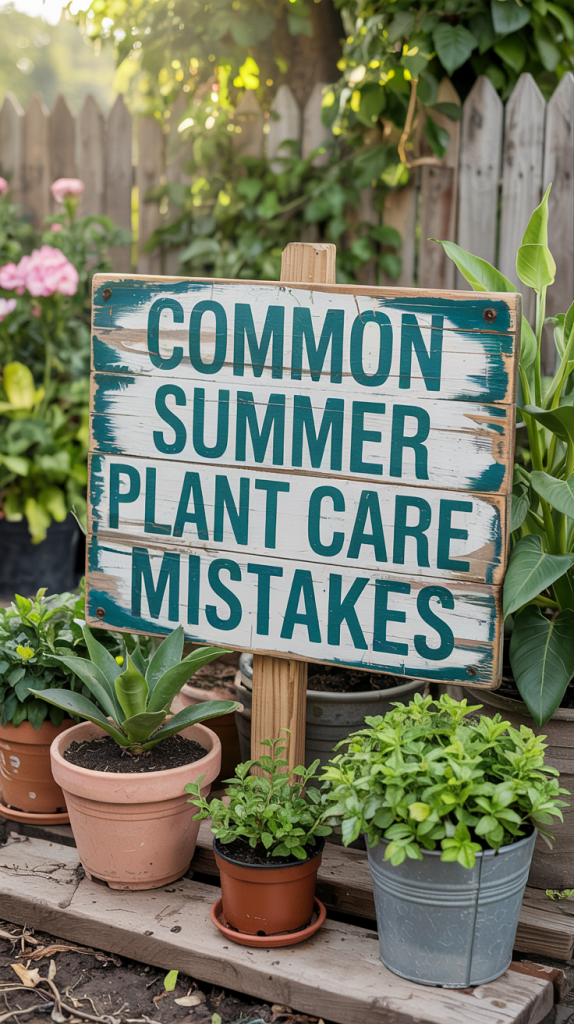
Common Summer Plant Care Mistakes
Overwatering Due to Heat Worries
It is a myth that higher temperatures need more watering. While plants will require more water, excessive watering can lead to root rot. Test the soil moisture level prior to watering. Water if the soil’s top inch feels dry.
Direct Sun Exposure
Leaving plants in full sun for the majority of the day during mid-summer can cause leaf scorch. Even sun-loving plants can be harmed if suddenly moved to intense light. Begin acclimating plants to more intense light or filter light with sheer drapes.
Forgotten Humidity Levels
Most indoor plants are native to tropical regions and require more water. Air conditioning and summer heat can dry out the air inside. To combat this, group your plants, use a humidifier, or place a water-filled tray close to the plants to create humidity.
Monitor soil moisture often. Water completely when the soil’s top inch is dry, letting excess water drain to prevent root rot. Morning watering is ideal, with plants having a chance to drink before the sun gets hot.
Managing Light Exposure
Transfer sensitive plants from windows receiving direct, intense midday sun. Utilize sheer curtains or blinds to soften direct sunlight, providing bright, filtered light that most houseplants enjoy.
Augmenting Humidity
Increase humidity by misting plants, humidifying, or placing water-filled trays near groups of plants. This is especially beneficial for tropical plants like ferns and orchids.
Fertilizing during Growth
The summer season is the time for vigorous growth in most houseplants. A balanced, water-soluble fertilizer every four to six weeks can provide required nutrients. Apply only the amount recommended to avoid over-fertilization.
Pruning and Maintenance
Check plants on a regular basis for yellow leaves or disease. Cut off dead or damaged leaves to encourage good growth and provide more air space around the plant.
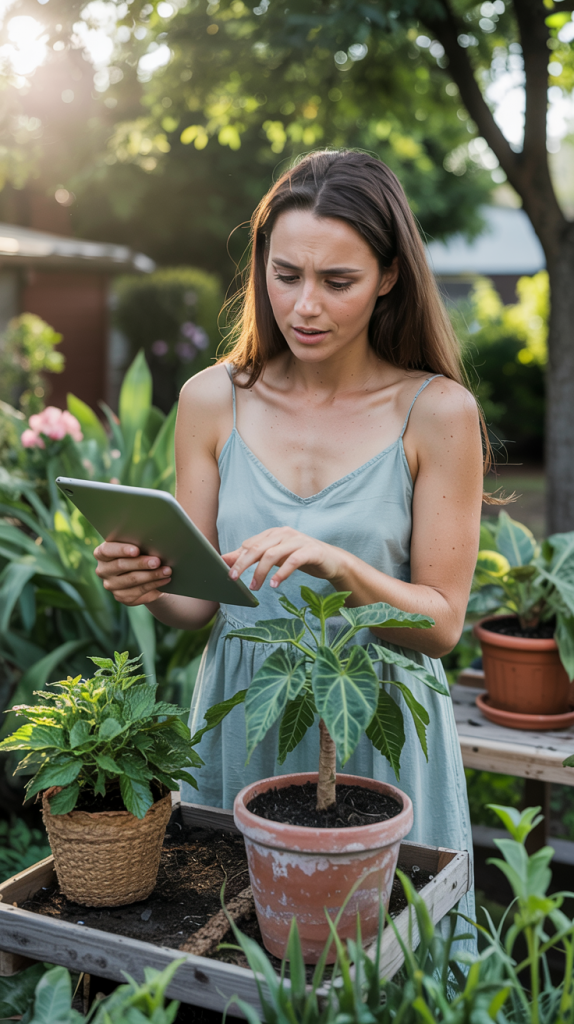
Caring for Specific Plant Types during Summer
Succulents and Cacti
These plants are low maintenance for watering. Give them a lot of light but protect them from intense, direct sunlight during the afternoon to prevent burning.
Tropical Plants
Ferns and philodendrons like higher humidity. Daily misting and relocation from air conditioning vents will prevent browning and leaf dehydration.
Flowering Houseplants
Peace lilies and African violets like steady moisture and shade. They need to be relocated from frequent movement because they might respond negatively to changing conditions.
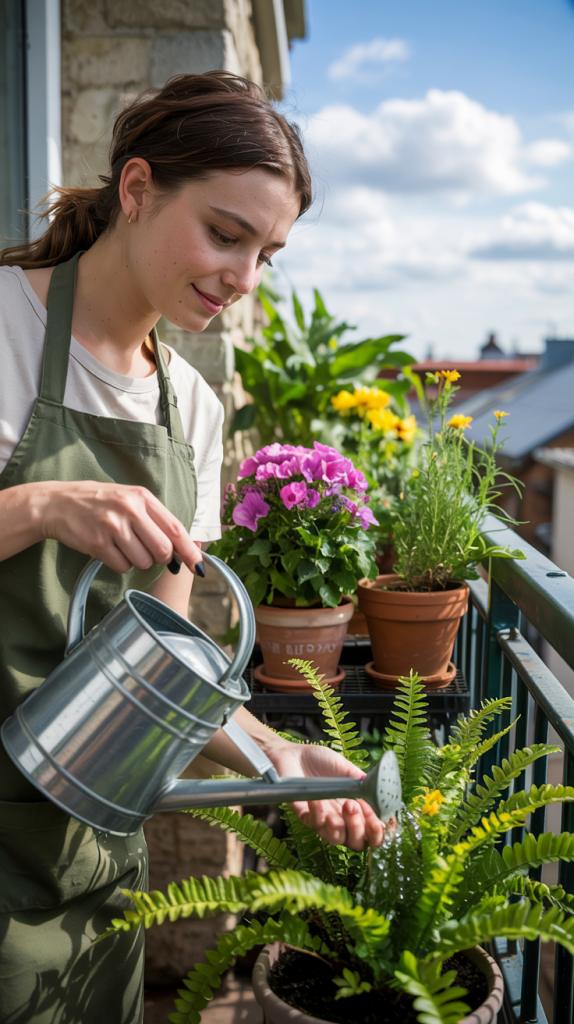
Preparing Your Plants for Vacation
If you’re going to be away during summer, ensure your plants are kept well attended:
- Self-Watering Systems: Plant plants in self-watering containers or get a drip system to provide constant moisture.
- Grouping Plants: Plant groups of plants close together to create a microenvironment with higher humidity.
Rentals - Shading: Move plants away from direct sunlight to reduce water loss.
Or have a friend or neighbor drop by your plants from time to time.
Conclusion
Making houseplants content during the summer requires close monitoring of watering, lighting, and humidity routines. Provided you’re familiar with the particular preferences of your plants and the conditions induced by the heat, you can keep them healthy. Each plant is unique—listen to the signals and the optimal treatment will ensue.
How do you keep your indoor plants healthy during the summer heat? Share your tips and experiences in the comments below!
